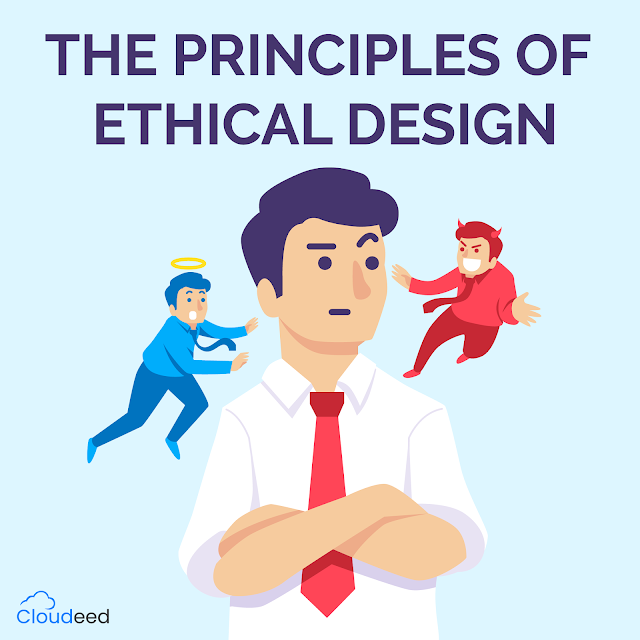Colors can make us feel happy or sad, and they can make us feel hungry or relaxed. These reactions are rooted in psychological effects, biological conditioning and cultural imprinting.
Colors and emotions
The way different colors can affect emotions depends largely on a color’s brightness, shade, tint or tone and whether it’s cool or warm toned. Let’s take a look at some of the effects colors can have on how you feel:
Warm colors
Red, orange and yellow are next to each other on the wheel and are all warm colors. Warm colors often evoke feelings of happiness, optimism and energy. However, yellow, red and orange can also have an attention grabbing effect and signal danger or make you take action.
Cool colors
Cool colors include green, blue, and purple. Cool colors are usually calming and soothing but can also express sadness. Purple is often used to help spark creativity as it’s a mixture of blue and red. If a company wants to display health, beauty or security, incorporate these colors.
Happy colors
Happy colors are bright, warm colors like yellow, orange, pink and red. Pastel colors like peach, light pink or lilac can also have an uplifting effect on your mood. The brighter and lighter a color, the more happy and optimistic it will make you feel.
Sad colors
Sad colors are colors that are dark and muted. Grey is the quintessential sad color, but dark and muted cool colors like blue, green or neutrals like brown or beige can have a similar effect on feelings and emotions depending on how they’re used.
Calming colors
Cool colors like blue and green can make you feel calm. Pastel colors and particularly cool toned pastels like baby blue, lilac and mint have a calming and relaxing effect. Neutrals like white, beige and grey can also make you feel calm.
Energizing colors
Strong, bright colors and neon colors can have a powerful effect on emotions. Colors like bright red, bright yellow and neon green can feel energizing and make you feel more alert, but can also be irritating on the eyes. These colors will grab your attention and stand out from their surroundings.
How colors make you feel
Red
Red makes you feel passionate and energized.
Red is the warmest and most dynamic of the colors—it triggers opposing emotions. It is often associated with passion and love as well as anger and danger. It can increase a person’s heart rate and make them excited.
Orange
Orange makes you feel energized and enthusiastic.
Orange enhances a feeling of vitality and happiness. Like red, it draws attention and shows movement but is not as overpowering. It is aggressive but balanced, it portrays energy yet can be inviting and friendly. Orange is great for a call to action to buy or subscribe to a product.
Yellow
Yellow makes you feel happy and spontaneous.
Yellow is perhaps the most energetic of the warm colors. It is associated with laughter, hope and sunshine. Accents of yellow help give your design energy and will make the viewer feel optimistic and cheerful.
Green
Green makes you feel optimistic and refreshed.
Green symbolizes health, new beginnings and wealth. Green is the easiest on the eyes and should be used to relax and create balance in a design. It is a great color to use if a company wants to depict growth, security or inspire possibility. Green can also feel calming and relaxing.
Blue
Blue makes you feel safe and relaxed.
Blue evokes feelings of calmness and spirituality as well as security and trust. Seeing the color blue causes the body to create chemicals that are calming. It is no surprise that it’s the most favored of the colors. Dark blues are great for corporate designs because it helps give a professional feel, but using too much can create a cold, disengaged feeling. Light blues give a more relaxing, friendly feel. Great examples are social sites like Facebook and Twitter who use lighter blues.
Purple
Purple makes you feel creative.
Purple is associated with mystery, creativity, royalty and wealth. Lighter shades of purple are often used to soothe or calm a viewer, hence why it is used in beauty products. Incorporate purple to make a design look more luxurious and wealthy or a lighter purple to show romance and mystery.
Pink
Pink makes you feel playful and romantic.
Pink represents femininity and romance, sensitivity and tenderness. It’s inherently sweet, cute and charming.
Brown
Brown makes you feel down to earth.
Brown creates a sense of stability and support. It’s warm and friendly, practical and dependable, and can also represent the old fashioned and well established.
Black
Black feels sophisticated, classic and serious.
Black evokes power, luxury, elegance, but can also mean professionalism, neutrality and simplicity. It’s bold, powerful and is often used to evoke mystery. In certain contexts and cultures the color black can also refer to mourning or sadness.
White
White means minimalism and simplicity. Using a lot of white color in design creates a minimalist aesthetic and can result a simple, fresh and clean look.
Gray
Gray feels serious and professional.
Gray is a more mature, responsible color. Its positive connotations include formality and dependability, while the negative side can mean being overly conservative, conventional and lacking in emotion. It’s safe and quite subdued, serious and reserved.
Now that you know how colors and emotions are connected, you can choose colors accordingly and get the results you’re looking for.


Comments
Post a Comment